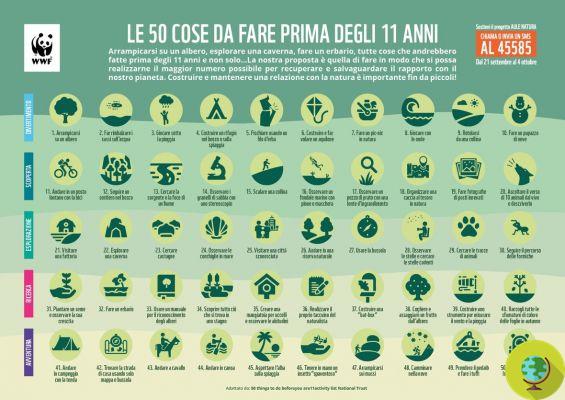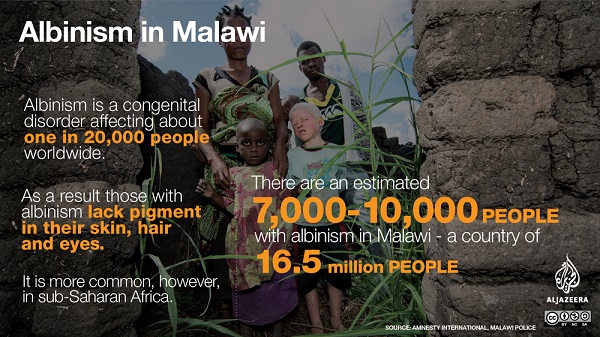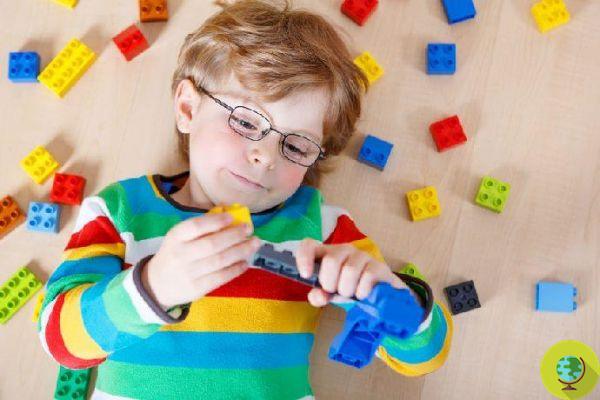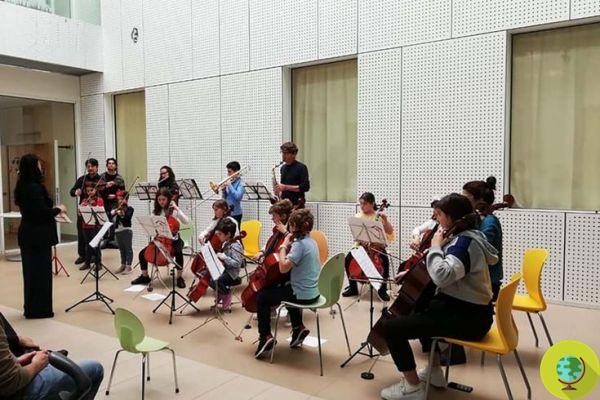Talking to children about the emotions they experience in daily life may not be easy. However, the wheel of feelings devised by Dr. Gloria Willcox can help.
Don't store avocado like this: it's dangerousTalking to children about what it feels like in everyday life, about that great nuance of feelings that we deal with in the different circumstances of life, may not be easy. In this regard, however, the wheel of emotions conceived by Dr. Gloria Willcox.
When we talk about the wide range of emotions we experience every day, children have the opportunity to collide with their own feelings and those of others. An important fact, since understanding and accepting emotions is the first step in learning to manage them.
Dr. Gloria Willcox has represented 50 different emotions in the wheel of feelings, an illustration that shows in a colorful way the wealth of emotions at our disposal.
However, we start from 4 fundamental emotions:
- Happiness: which includes love, joy and peace. This is, or should be, our natural state.
- Fear: which is a reaction to the threat and includes terror, anxiety, worry and the feeling of being helpless or helpless.
- Sadness: which is a reaction to loss and disappointment and includes grief, depression and loneliness.
- Anger: which is a reaction to the threat from within or without and includes irritation, frustration and anger.
Index
How to teach children about emotions
How can we teach our children about emotions? Simply by observing what they feel and commenting so they don't feel judged but welcomed. In this way children will be able to identify emotions in themselves and in others. During the day you can, for example, take advantage of the various situations that arise to recognize the feelings of the little ones by commenting with phrases such as:
- "You look frustrated"
- “You're jumping up and down! You must be excited! "
- "I understand. You feel safer when you know exactly what will happen. I feel the same. "
You can also ask questions to help them learn through reflection. For example, you might ask:
- "If you felt angry with a friend, what could you do?"
- "If you felt angry with me, what could you do?"
- "If you felt angry about the fall of the tower you built, what could you do?"
- "Do you make a better decision when you feel angry or when you feel calm?"
- "What helps you calm down when you are angry?"
If you notice another baby crying, you can ask questions such as:
- “That child looks unhappy. How come he will be so angry? "
- "What do you think he needs?"
- "Is there anything we can do to help him?"
Questions like these help develop empathy. For example, when parents ask their child aloud what their siblings think, feel or want, the child develops more empathy towards them and the relationship between various family members is more positive.
And when adults read books and talk to preschoolers and make them reflect on how other children feel, their positive actions increase while aggression towards their peers decreases.
In conclusion, when parents consider emotions part of the richness of human life and talk about them in a positive way, even children can learn to recognize them, which is the first step in learning to manage them.
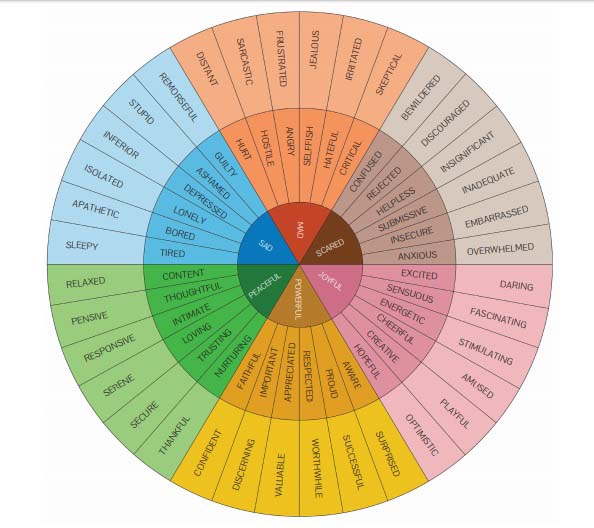
How to use the wheel of feelings or emotions
You can use the wheel to explore the emotions you feel at any given time of day. For example, after a good conversation with someone, you notice a general feeling of joy. Using the wheel you might ask yourself: What kind of joy am I experiencing right now? Can this feeling be best described as excitement, creativity, cheerfulness, etc.?
Daily reflection
At the end of a day, you can take a moment to contemplate and watch the wheel. What did you experience today? Perhaps you have felt guilty and you can see that associated with the main feeling are others such as sadness, remorse, etc.
Long-term reflection
The wheel can also be used to explore deeper, longer-term emotions that could impact you. For example, you may have felt scared in the last few months since you lost your job. Going to the feeling "fear" on the inner band of the wheel, you can look at the two outer bands to reflect on the sensations associated with the main emotion to try to reveal in more detail the nuances you are experiencing.
Read also:
- 20 Montessori tips to prevent anger and manage tantrums
- Inside Out: how to improve our life starting from the 5 primary emotions
- Also share negative emotions with your children, it will help them grow up without fear




